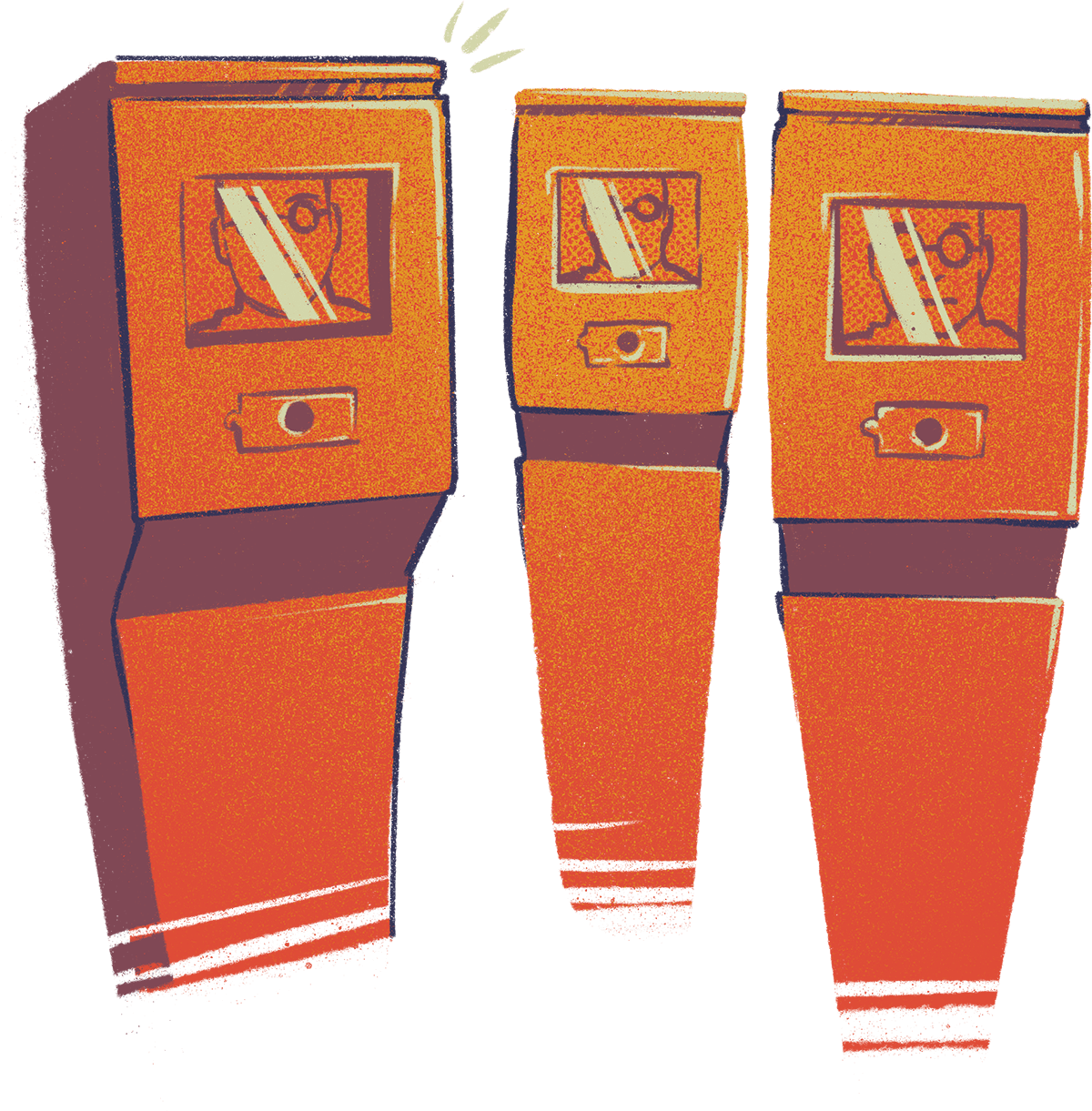
Illustrations by Brittany Norris
Going back to filmic futures from the past.
We haven’t put this many miles on the old Whalebone DeLorean in a while. But like an incredulous Doc Brown being told in 1955 that by 1985 Ronald Reagan—”the actor!”—would be president, prepare to have your hair stand on end. We combed through movies set in a future that is now the past to see how their predictions have held up—and just exactly where the fuck our hoverboards are.

Escape From New York
Year released: 1981 • Date set: 1997
Predictions: The career of James Cameron, prison city-states, hovercraft
Nostradamus-Meter: 🔮🔮
How’d it pan out? John Carpenter’s cult classic might not have ended up being very close to the reality of 1997 that it depicted—a future in which the entire city of New York is abandoned, sealed off, and turned into a maximum-security prison (out of which there is little hope for escape). Anyone who lived through the 1970s (as Carpenter did) and took one look at the decaying metropolis that was the five boroughs could be forgiven for prognosticating this as the fate of the city that never sleeps. Where the film is more accurate is in the look and feel of future cinematic post-apocalyptic dystopian depictions. In particular those of James Cameron. And perhaps for good reason. The future auteur worked on Escape as a production assistant on the practical effects team, responsible for many of the matte backgrounds.

Back to the Future II
Year released: 1989 • Date set: 2015
Predictions: Hoverboards, flying cars, drones, Google Glasses
Nostradamus-Meter: 🔮🔮
How’d it pan out? This is the one where the future we are going back to isn’t the present (1985) but actually the future. The future in the sequel, 2015, is as far away from 1985 as that year is from 1955 (the past Marty had to get back to the future from), but is now, of course, also in our past. It seemed distant enough at the time, though, that the filmmakers could take some chances like flying cars and firing Crispin Glover and flying robot dog-walkers and flying gas stations. There were probably other flying things. Cars in actual 2015 were still decidedly terrestrial but we did have early drones, so maybe a point for that. The clothes Marty finds, like self-tying shoes and a self-drying jacket, are still pretty far-fetched, but the glasses everyone seems to be wearing are strikingly close to Google Glasses (though nobody gets socked for wearing them). Then there’s the hoverboard, which has so far existed only as April Fools’ Day prank products and those mislabeled self-balancing kook scooters. Oh and still waiting on Jaws 5, so a ways to go before Jaws 19, forget about holographic theater marquees
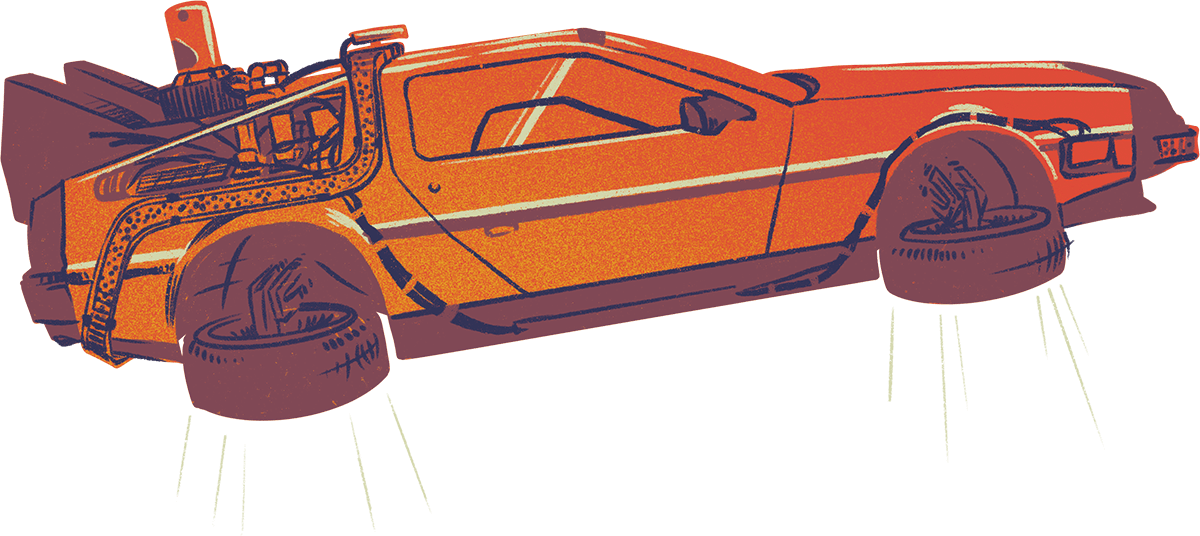
Westworld
Year released: 1973 • Date set: 1983
Predictions: Killer cyborgs, sci-fi-horror genre mash-ups, corporate nation-states
Nostradamus-Meter: 🔮
How’d it pan out? Long before Jeff Goldblum smacked down the scientists who were more preoccupied with whether they could than whether they should, Michael Crichton imagined another theme park run amok, writing and directing this film which served as the basis for the recent HBO series. Given the width of the lapels in scenes not set in the park (where everyone is dressed like cowboys or gladiators or medieval knights or whatever) Crichton did not expect men’s fashion to change nearly as much as he did technology. He might have overshot the advances to come in the ten short years between the film’s present and his own by just a bit. In Westworld, we get convincing (enough) robots—but there is no Turing test element, these cyborgs’ tell is their hands—as well as hovercraft (again). In the real world, by 1983 people were driving AMC / Renault Alliances and the height of portable technology was a Walkman cassette player.
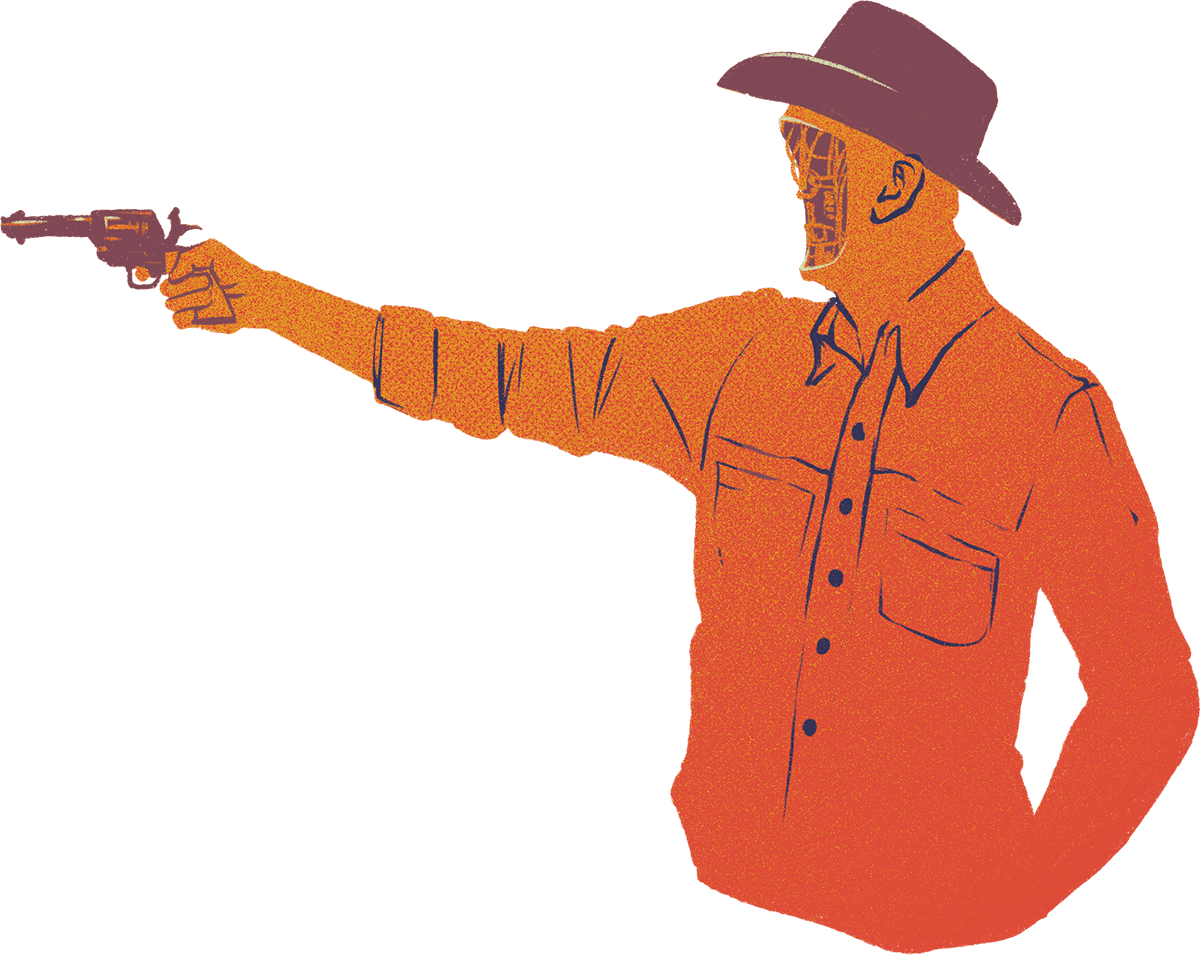

Blade Runner
Year released: 1982 • Date set: 2019
Predictions: Flying cars, virtual assistants, smart homes and video calling
Nostradamus-Meter: 🔮🔮🔮
How’d it pan out? Always with the flying cars. Except for those and the whole humanoid robot thing, there is an awful lot Blade Runner got right in the details. While the flying cars didn’t come to fruition, the many screens and electronic billboards they flew past certainly did. Deckard uses voice commands to do things like get in his house faster than you can say ”Alexa, unlock the door.” While the characters in Blade Runner do communicate over video calls, the tech is clunky enough to give just as much credit to Dick Tracy for predicting the Apple Watch.
The Running Man
Year released: 1987 • Date set: 2017
Predictions: Reality game shows, The Hunger Games
Nostradamus-Meter: 🔮🔮
How’d it pan out? You knew he’d be back. The Running Man is based on a short story by Stephen King starring Ahhh-nold as, well, a man running. He’s running from the bounty placed on his head by Richard Dawson (then the host of Family Feud) on live television, which is probably not at all a very similar concept to Logan’s Run in the ’70s or in any way an inspiration for how Katniss Everdeen goes on the run for her life in a televised bloodsport 15 years later. The film gets right—with significant poetic license—how by 2017 just about everything, short of life and death (and sometimes life and death, depending on your take on the administration in the White House at the time), was basically a sensationalized gameshow.
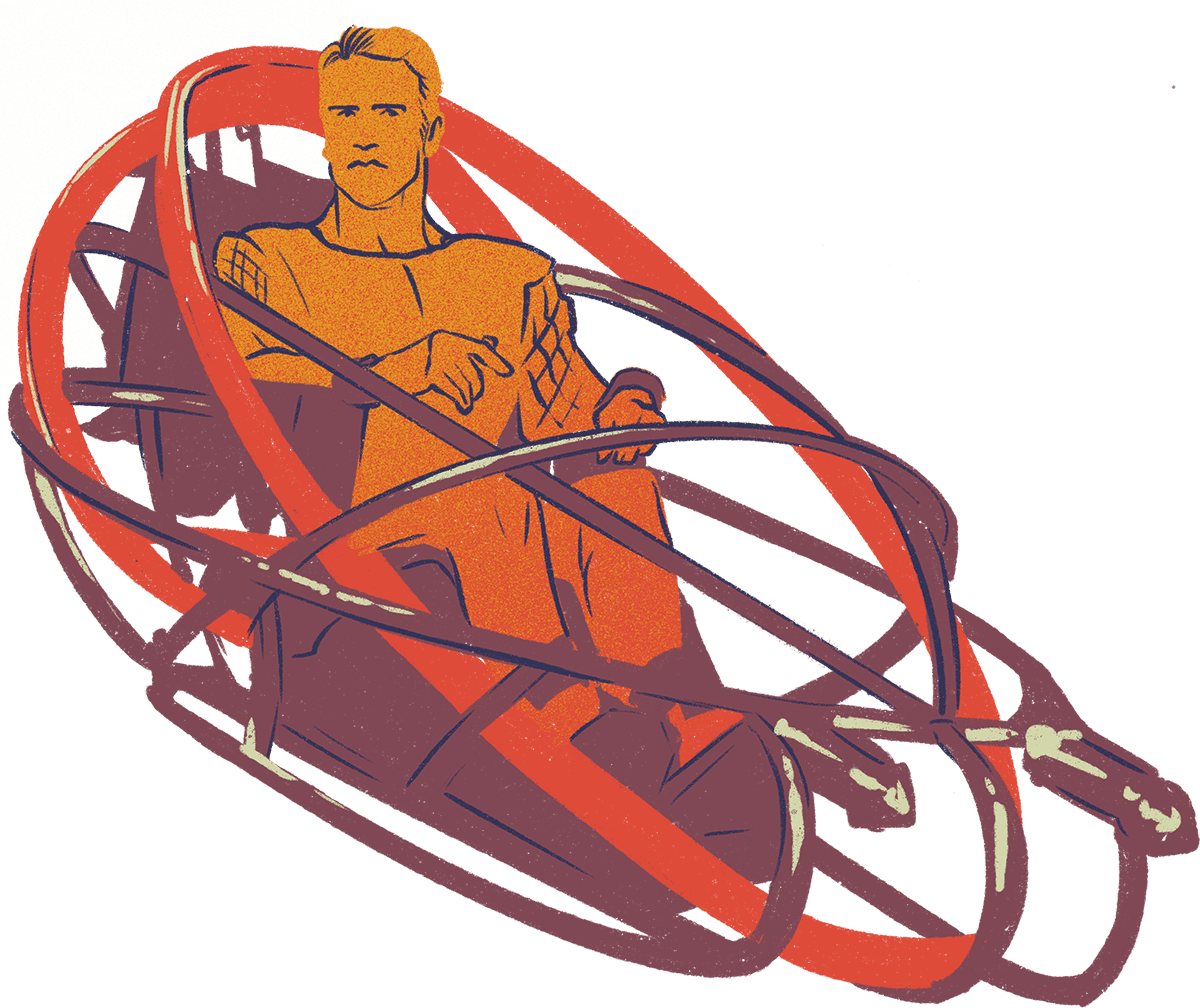
Metropolis
Year released: 1927 • Date set: 1984
Predictions: Mega-cities, gross wealth inequity, robots
Nostradamus-Meter: 🔮🔮
How’d it pan out? Fritz Lang’s German Expressionist silent film masterpiece is the great-granddaddy of dystopian science fiction cinema. But it’s more about Lang criticizing the direction of Weimar Republic Germany during his day in ways he couldn’t do directly without consequence, something that was a hallmark of a great many of the sci-fi spectacles we went to the movies for until Star Wars (which is really a Western anyway). Anyhow, we didn’t get robots quite like the Maschinenmensch, but we did have some of that other stuff. Points for style.
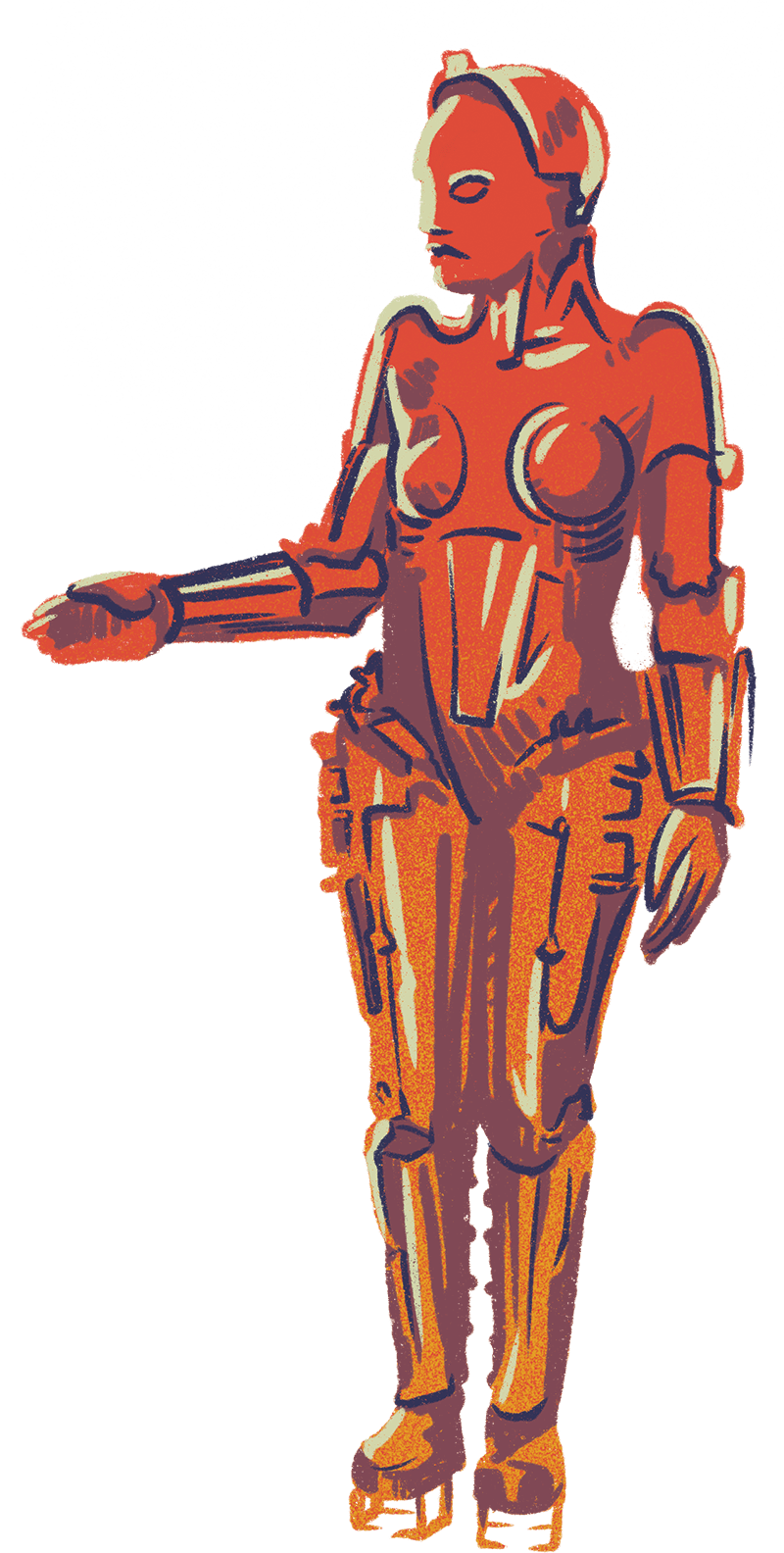
Demolition Man
Year released: 1993 • Date set: 2032
Predictions: Zoom meetings, GPS voice navigation, The Governator
Nostradamus-Meter: 🔮🔮🔮🔮
How’d it pan out? OK, so the jury is still out on how closely this Wesley Snipes vs. Sylvester Stallone face-off ends up predicting 2032 (maybe that will explain how those three shells are used in lieu of toilet paper—which, considering 27,000 trees are cut down every day to make toilet paper that people literally wipe their asses with in the present, is maybe not such a bad idea). But the film has an uncanny knack for prognostication so far. In the future of the film, meetings are video-conferenced, there are lots of “Facetime”-like video calls, and Sandra Bullock talks to her car, which gives her GPS voice navigation directions. The eeriest bit of forecasting though is a throwaway gag about “President Arnold Schwarzenegger,” a full decade before the once and future Governator had even considered running for higher office.
